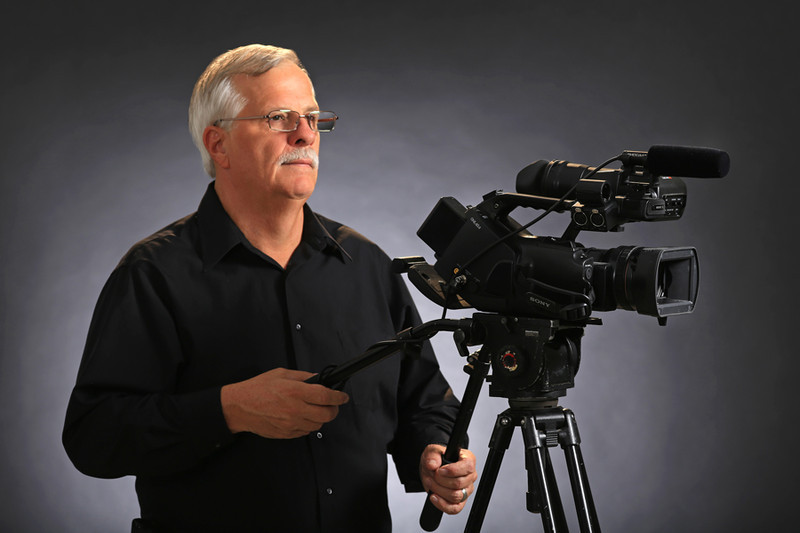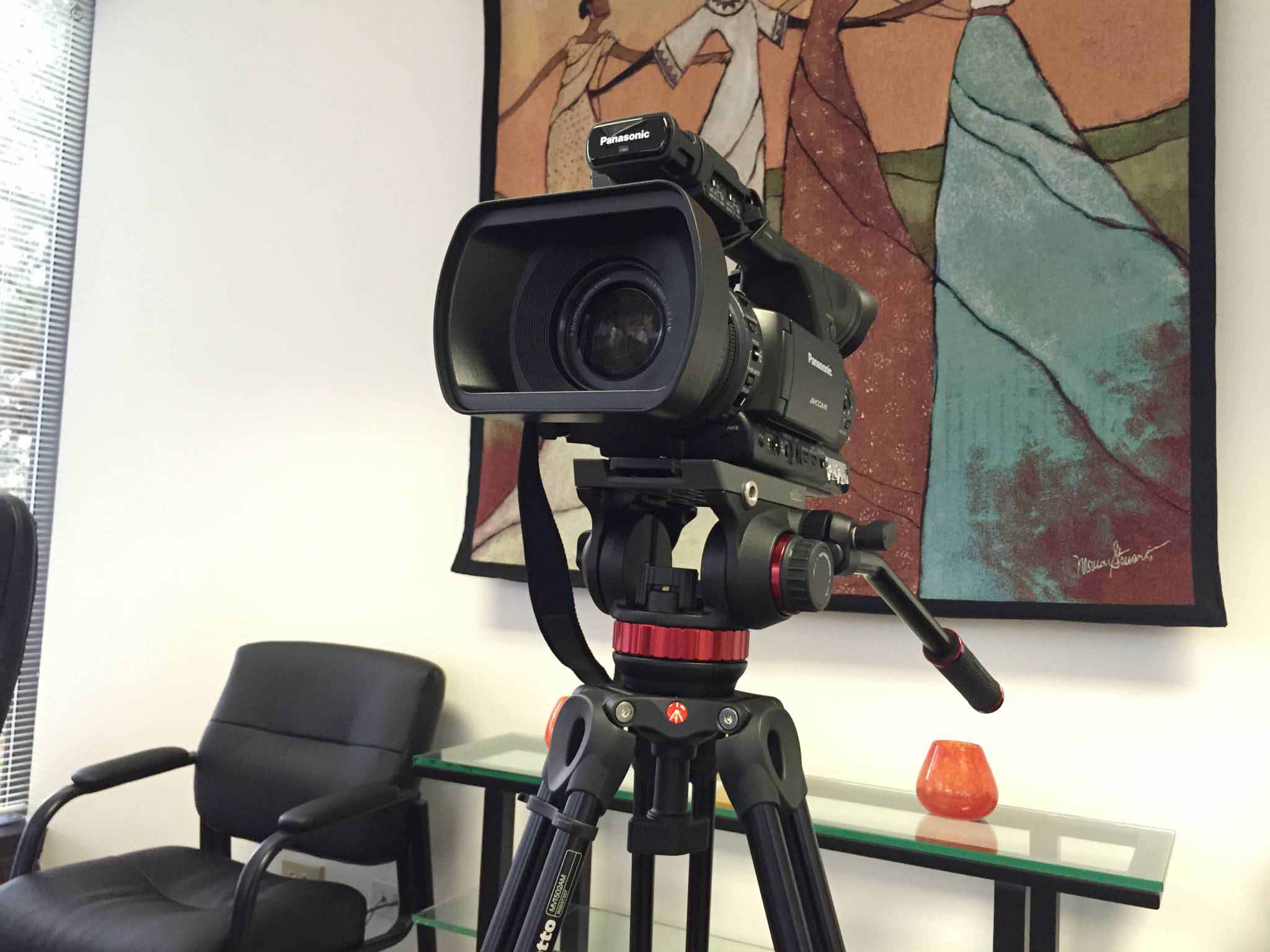Exploring the Systems of Lawful Videography: Introduction Its Procedure in Shielding Genuine Visual Testament for Judicial Process
In the realm of judicial procedures, the duty of legal videography stands as a cornerstone in maintaining and providing aesthetic proof. As innovation continues to advancement, the devices behind lawful videography have actually ended up being progressively detailed, using a vital layer of authenticity to testimonies caught on video clip.
Historical Development of Lawful Videography
Analyzing the historical progression of legal videography exposes a considerable improvement in the catching and presentation of visual proof within the legal landscape. In the past, legal procedures greatly relied on composed transcripts and photographs to record occasions and supply evidence. Nonetheless, with the development of video clip modern technology, the lawful market saw a paradigm shift in how aesthetic statement was caught and provided.
The evolution of legal videography can be mapped back to the late 20th century when innovations in video recording tools made it much more easily accessible for usage in courts. This technical innovation not just improved the precision and dependability of aesthetic evidence yet also transformed the method instances were provided to courts and judges (Legal Videography). Attorneys started to acknowledge the persuasive power of video clip recordings in sharing emotions, nuances, and non-verbal signs that written pictures or records alone could not record efficiently

Modern Technology Developments in Video Clip Documentation
What essential technological developments have changed video documentation in the lawful field? The legal area has seen substantial advancements in video documentation innovation that have enhanced the authenticity and dependability of aesthetic proof in judicial proceedings. Among the essential advancements is high-def (HD) video recording abilities, which offer crystal-clear photos and sharp information that are crucial for properly catching statements, faces, and other aesthetic signs. Furthermore, the combination of timestamping and metadata features in video documentation tools has actually allowed accurate documents of when and where the video was taped, ensuring the honesty of the proof provided in court.
In addition, innovations in video file encryption and watermarking modern technologies have boosted the security and tamper-proof nature of video clip proof, securing it against unauthorized changes or meddling. The advent of cloud storage space services and remote accessibility capacities has structured the storage space, access, and sharing of video clip proof, promoting smooth collaboration amongst legal professionals and guaranteeing reliable accessibility to vital visual testaments when required. These technical advancements in video documentation have actually definitely transformed the legal area, boosting the precision, reliability, and admissibility of aesthetic proof in judicial process.
Duty of Lawful Videographers in Court Room Settings
The development of video documentation technology in the lawful area has necessitated an essential function for legal videographers in courtroom setups, making sure the integrity and integrity of aesthetic statements presented throughout judicial procedures. Legal videographers play a fundamental duty in catching and preserving precise visual evidence that can be essential in lawsuit. Their duty extends to establishing tools, taping proceedings, and creating high-quality video clips that precisely reflect the occasions in the courtroom.
In courtroom setups, legal videographers must abide by rigorous guidelines and criteria to maintain the credibility of the visual record. They must have a keen eye for information and a comprehensive understanding of lawful procedures to ensure that the video they capture is a true representation of the events that took place. In addition, legal videographers commonly function carefully with lawful groups to guarantee that the video evidence straightens with the situation's demands and can be effectively provided in court to support the lawful debates being made. In general, the function of lawful videographers in court settings is important in promoting the principles of justice and guaranteeing the openness of lawful process.

Ensuring Admissibility and Honesty of Video Evidence
To keep the reputation of visual evidence presented in lawful process, making sure the admissibility and honesty of video evidence is an important obligation for legal videographers. Admissibility describes the approval of proof by the court, and for video clip evidence to be permissible, it should satisfy particular criteria. Legal videographers play an important duty in ensuring that the videos they capture abide by the guidelines of proof, such as reliability, significance, and top article authenticity.
Integrity of video evidence entails maintaining the creativity and precision of the video from the time it is taped till it is offered in court. This consists of firmly saving the video clip data, recording the chain of wardship, and protecting against any type of meddling or modifications. Legal videographers should abide by rigorous methods to assure the stability of the video clip evidence and stop any kind of obstacles to its authenticity.
Future Trends in Legal Videography
Given the increasing dependence on innovation in legal proceedings, lawful videographers are poised to welcome cutting-edge innovations shaping the future of visual testament capture and discussion. Among the noticeable patterns on the perspective is the integration of digital reality (VR) and boosted truth (AR) technologies right into legal videography. These technologies have the possible to reinvent how aesthetic proof is offered in courts, permitting discretionary to submerse themselves in the scene of the criminal offense or incident.
Additionally, making use of man-made intelligence (AI) formulas for video clip analysis is anticipated to simplify the procedure of assessing and assessing big quantities of video footage. click this link AI can help in identifying crucial moments, abnormalities, and patterns within videos, improving the efficiency of legal examinations.

Conclusion
Finally, legal videography has actually played an essential duty in giving authentic visual proof for judicial proceedings. With technological advancements and the know-how of legal videographers, the stability and admissibility of video clip evidence are made certain in courtroom setups. As lawful videography remains to advance, it will certainly be necessary to support criteria that preserve the precision and dependability of aesthetic testimony for the future of legal process.
Examining the historic development of legal videography exposes a substantial transformation in the capturing and discussion of aesthetic proof within the legal landscape.The development of video documentation innovation in the lawful area has actually necessitated an essential duty for lawful videographers in courtroom settings, guaranteeing the integrity and reliability of visual statements provided throughout judicial procedures. In addition, legal videographers frequently work carefully with legal teams to make sure that the video clip proof straightens with the case's requirements and can be effectively presented in court to support the legal arguments being made.To preserve the trustworthiness of visual proof presented in lawful process, ensuring the admissibility and integrity of video evidence is a crucial responsibility for legal videographers. As lawful videography proceeds to evolve, it will certainly be essential to copyright criteria that maintain the accuracy and integrity of aesthetic statement for the future of legal proceedings.